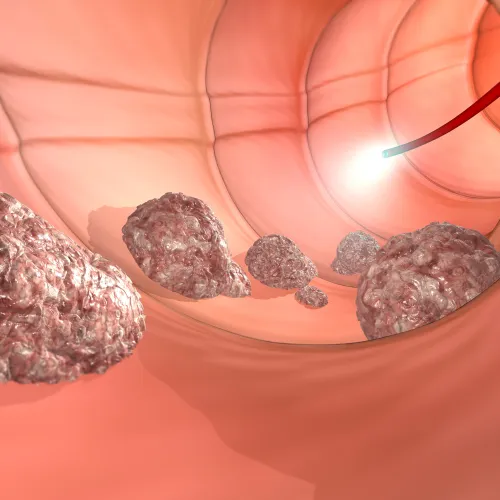Tips for Coding Turbinates Procedures

Question: “Dr. Johns documented that he used a blade to submucosally excise tissue with a microdebrider and suction through a tube. Is CPT® 30140 correct?” (Coding scenario presented to attendees at the American Academy of Professional Coders’ Healthcon by Candice Fenildo, CPC, CPMA, CPB, CPC-I, CRHC, CENTC, AAPC Fellow.) Answer: It depends on whether the surgeon removed both mucosa and bone, or simply cut the mucosa to gain access to thebone, Fenildo told her class. Code 30140 (Submucous resection inferior turbinate, partial or complete, any method) specifies excision of bone. “There must be documentation that your surgeon cut the mucosa to get to the bone and remove it, preserving the mucosa,” she explained. “If the surgeon removed the mucosa and bone together, the correct code would be 30130 (Excision inferior turbinate, partial or complete, any method). How to prevent turbinates denials: If your surgeons do turbinates procedures often, you need to do a query to make sure they are documenting correctly and not costing themselves reimbursement for work they did but didn’t document or factors related to medical necessity that the note didn’t mention. The turbinates line the inside walls of the nose and they occasionally swell or contract. They are sometimes the reason we can’t breathe out of one side of our noses, Fenildo explained. That’s normal. But with chronic sinus problems or allergies come turbinates’ problems. ENTs usually clear turbinates with meds. When you see “SMR” (submucous resection of the septum) in the note, you know they just used cautery. How to overturn turbinates denials: If you are facing denials for procedures related to turbinates, go to the AAO-HNS site as a resource, Fenildo suggested. When she encountered denials for 30140, she used the web site to build an appeal letter that overturned the denials. Here are some reasons that codes 30140 or 30130 may be medically necessary, Fenildo told the class: A more detailed list is on the AAO-HNS site. To find the American Academy of Otolaryngology – Head and Neck Surgery clinical indicators site, go to: http://www.entnet.org/content/clinical-indicators.




